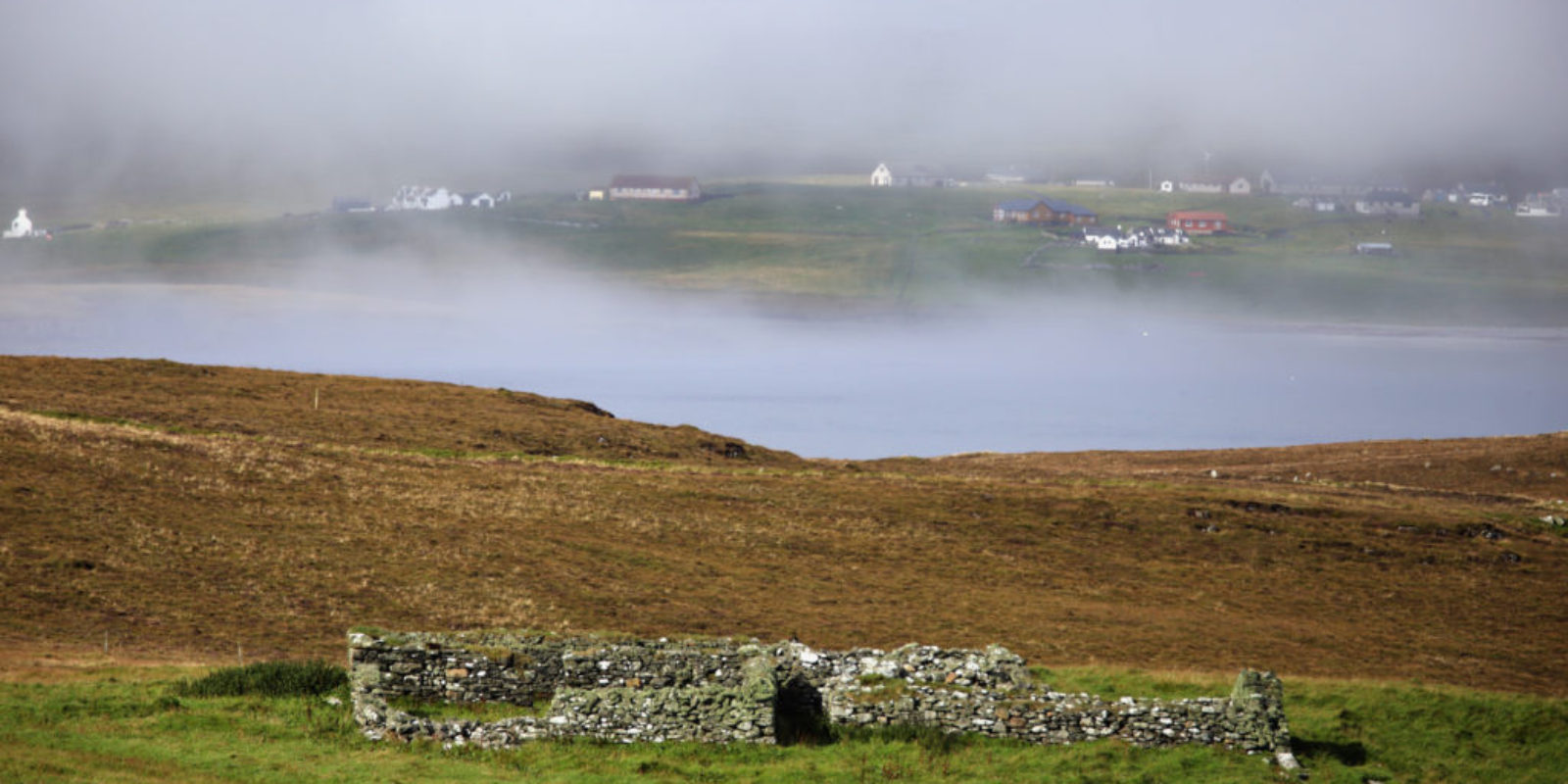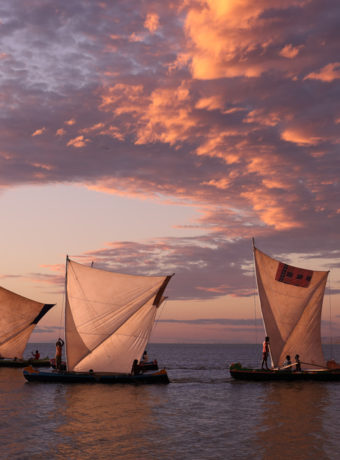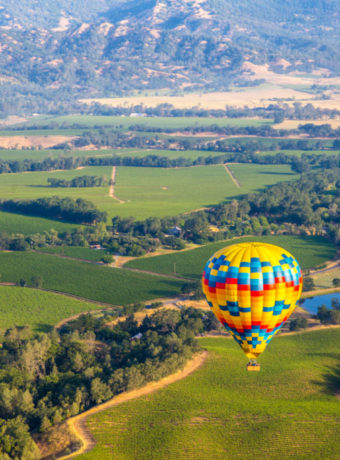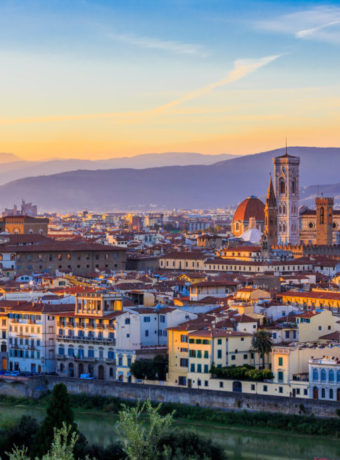As a lover of remote, windswept islands, I’ve long known where Scotland’s Shetland Islands are, but for many they’re just another North Atlantic island chain. However, this small archipelago is a rare bird paradise (ok, Arctic bird paradise), a hiker’s dream destination, and if you like to explore shipwrecks you will find plenty of them here.

Shetland is also home to several well known species like the Shetland pony and the Shetland sheepdog. (You might not be surprised to learn that there are also Shetland sheep.) Far from being a cold, chilly subarctic wasteland, Shetland is a vibrant island with a strong Norse and Celtic culture. Since this week is all about the Scottish islands, I want to explore this group of islands that lie 50 miles (80km) northeast of Orkney and 170 miles (280km) southeast of the Faroe Islands.
Shetland Islands
The Shetlands are comprised of 16 inhabited islands. The largest island, what the locals call the Mainland, is Scotland’s third largest island and the 5th largest in the British Isles.

Can you guess what the four other large British islands are? Leave your answers in the comments!
History in the Shetland Islands
Like many of the other northern Atlantic islands, the Shetlands have a strong Viking history. They did not become part of Great Britain until the 15th century. There are also Pictish and Celtic influences in many place names. Human settlement in the Shetlands goes back to the Mesolithic period (4300-4000 BCE). Because the islands are predominantly treeless, much of the ancient construction is in stone. The islands are very similar to the Orkney and Outer Hebridean islands in this regard. There are nearly 5,000 archaeological sites across the Shetlands islands; some are richer than others.

One of the best preserved archaeological sites in the British Isles is Jarlshof. This incredible site on the mainland spans civilisation over 4,000 years! It’s extensive remains include Bronze Age houses, Norse longhouses, an Iron Age broch, and a 15th century laird’s house. There are also artefacts than span the millennia, like tools, pottery, knives, and more. The site lies just south of the Sumburgh airport at a place called West Voe. This natural harbour would have drawn in early settlers due to its natural shelter. Jarlshof sits on the hill above the harbour, which made it difficult for any invaders to sneak up on the inhabitants.
Old Scatness, which is about five minutes away from Jarlshof, was only uncovered when they went to build a new airport access road. It is very similar in layout to Jarlshof, although there is no laird’s house.
What to do in the Shetland Islands
I recently wrote a long, detailed post about my experience in the Shetland Islands for my travel blog. My parents and I went specifically for Up Helly Aa, a Viking fire festival held on the last Tuesday of January.
During the winter, visitors will find limited options on what to do, except around Up Helly Aa. Jarlshof is open, although the visitors centre is not. Sumburgh Head, the southern lighthouse, is only open on the day after UHA. Old Scatness is only open in the summer or around Up Helly Aa. On the northern isles, a lot of places are shuttered. We knew we’d be spending a lot of time driving, simply to see things. There are also only about 6 hours of daylight in December and January. If you are okay with this, then January isn’t a bad time to go!
In the summer, visitors can hike, whale watch, bird watch, or sail. There are ferries across to Mousa Broch, tour boats around the cliffs, and more. The towns are a bit more vibrant in the summer too, and with nearly 24 hours of daylight you have all the time in the world.
Visiting the Shetland Islands
Getting to the Shetland Islands is easy! There are direct flights from Aberdeen, Glasgow, Edinburgh, Inverness into Sumburgh, although some stop in Kirkwall, Orkney. The Lerwick airport serves interisland connections.

The Shetland Islands are great for travellers keen to experience Norse history, wildlife, and small island life. While there are no Virtuoso hotels on the islands, rest assured that I can source exquisite and comfortable accommodation through any of my suppliers based in the UK.
Outer Hebrides || Inner Hebrides || Orkney Islands



